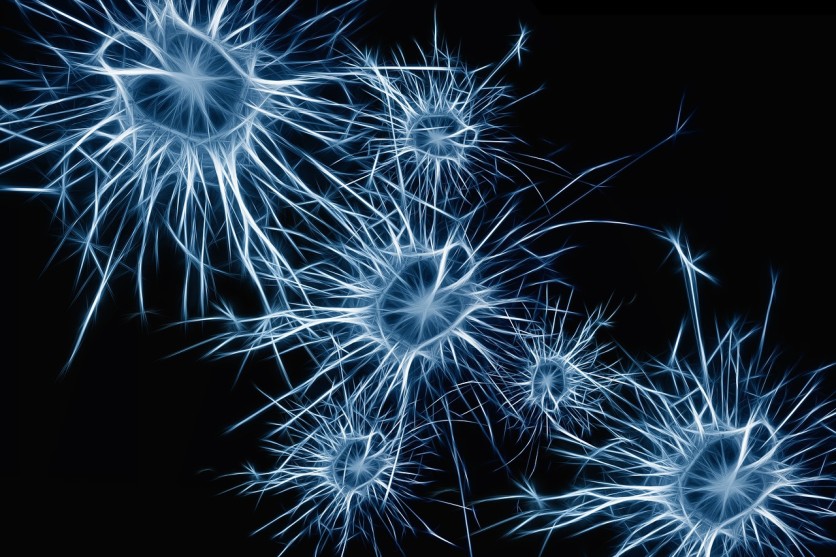An innovative imaging technology developed by an engineer at the University of Waterloo has provided remarkable insights into the effects of COVID-19 on the human brain.
Known as correlated diffusion imaging (CDI), this novel technique has been utilized in a study conducted by scientists from Baycrest's Rotman Research Institute and Sunnybrook Hospital in Toronto.

Brain Changes Due to COVID-19
Contrary to the prevailing notion that COVID-19 primarily affects the lungs, CDI has demonstrated its ability to identify brain changes resulting from the virus.
Systems design engineering professor Alexander Wong said, "What was found is that this new MRI technique that we created is very good at identifying changes to the brain due to COVID-19. COVID-19 changes the white matter in the brain."
Wong is currently the Canada Research Chair in Artificial Intelligence and Medical Imaging. Initially developed by Wong as a more effective measure for cancer detection, CDI offers an improved means of discerning the variations in the movement of water molecules within a tissue.
CDI can enhance the visualization of these differences by capturing and combining MRI signals at different gradient pulse strengths and timings. Recognizing the potential of Wong's imaging discovery, researchers at the Rotman Research Institute used it to identify changes to the brain due to COVID-19.
Subsequent tests confirmed this hypothesis. The CDI imaging of frontal-lobe white matter unveiled a less restricted diffusion of water molecules of water molecules in COVID-19 patients while demonstrating a more restricted diffusion of water molecules in the cerebellum.
Wong highlighted the contrasting reactions of these two brain regions to COVID-19 and pointed to two key findings from the research. First, the cerebellum appears to be particularly susceptible to COVID-19 infections. Second, the study corroborates the notion that COVID-19 can indeed induce brain changes.
Read Also : [STUDY] Cats Infected With COVID-19 Have Same Variants as Owner; Human-to-Cat Transmission?
COVID-19 Impact on the Brain
The Rotman study not only serves as one of the rare examples depicting the impact of COVID-19 on the brain, but it also marks the initial documentation of diffusion irregularities in the white matter of the cerebellum.
Albeit the study primarily aimed to present changes instead of specific harm caused by the virus, its final report extensively explores potential factors contributing to these modifications, many of which are associated with diseases and damage.
Considering these findings, Wong suggests that future inquiries should investigate whether COVID-19 leads to direct damage to brain tissue. Additionally, more studies could examine the virus' potential consequences on the brain's grey matter.
Wong expressed hope that this research will lead to improved diagnoses and treatments for COVID-19 patients. Additionally, he believes CDI has broader applications, such as enhancing the understanding of degenerative processes in diseases like Alzheimer's or detecting breast and prostate cancers.
The unveiling of CDI as an effective tool to examine COVID-19's effects on the brain could mark a significant step forward in the medical community's understanding of the virus and its broader implications. The study's findings were published in the journal Human Brain Mapping.
Related Article : FDA's COVID-19 Vaccination Strategy Redesign to be Discussed; Here's How to Watch the Meeting

ⓒ 2025 TECHTIMES.com All rights reserved. Do not reproduce without permission.




